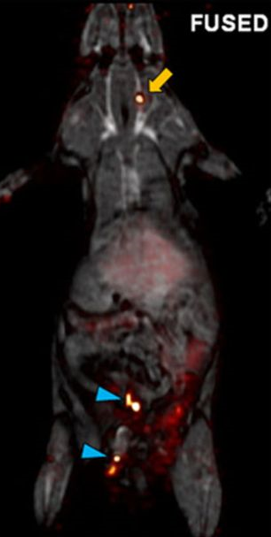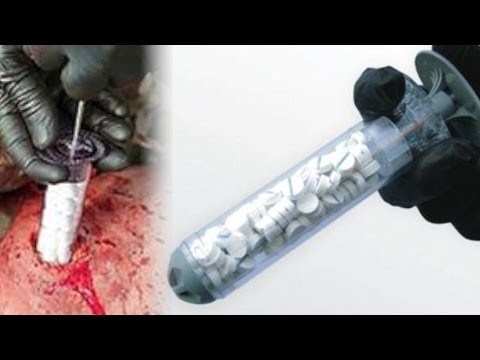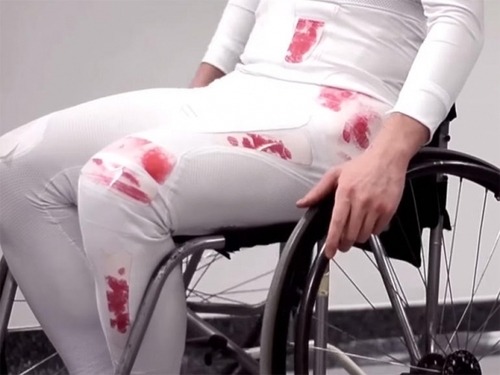This one is really exciting! Blood banks typically keep a significant number of units of O- “universal donor” blood available. These units can be given immediately when a trauma patient in need arrives, since it contains no antigens to the common blood types. It takes anywhere from 5-15 minutes for the blood bank to determine the blood type from the patient’s blood. Then and only then can they begin delivering “type specific” blood that matches the patient’s blood type.
Researchers at the Third Military Medical University in China have developed a paper-based test to determine the ABO type as well as the Rh type (D). Indicators for A, B, and D antigens turn a blue color when they are present, allowing the clinician or blood bank to accurately determine the blood type in 30 seconds.
Why is this important? O- is an uncommon blood type, with only about 6% of the US population carrying it. Yet blood banks have to keep an inordinate amount in stock “just in case.” Using a blood type test like this could significantly cut down on unnecessary use of this rare O- blood. Unfortunately, it will be 1-2 years before the test is commercially available. I’m sure our nation’s blood bankers can’t wait!
Here’s a brief video that demonstrates how it works.
Reference: A dye-assisted paper-based point-of-care assay for fast and reliable blood grouping. Science Translational Medicine 15 Mar 2017:
Vol. 9, Issue 381, eaaf9209.






